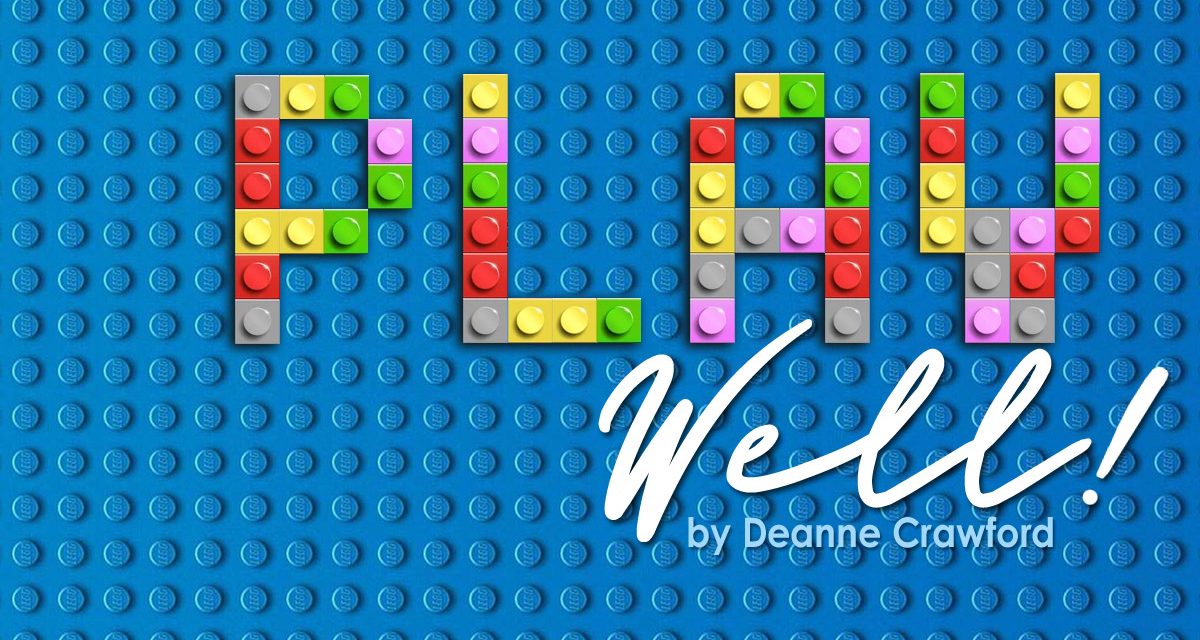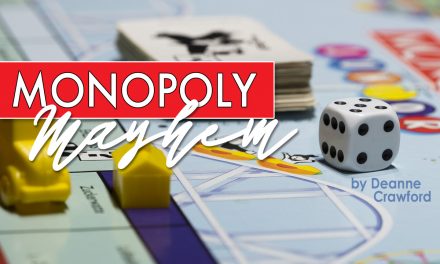This month’s unit study will whet your appetite to learn more about a wildly popular toy that was created in the late 1930s by a carpenter and remains a family-lead business. Just for fun, see if you and your children can identify the toy after reading the clues below.
If I came to your home, it is highly likely that you would own at least one. The latest research suggests there have been more than 400 billion sold, which is enough for every person in the world to have 62 of them. Patented in 1958, this toy’s basic shape has remained unchanged. There are 2.16 million of these made every hour, and the process for making them has been so refined that only 18 out of 1 million turn out “defective”. Your final clue: the company’s name is an abbreviation of two Danish words, “leg godt” which means “play well.” If you correctly identified the LEGO® building brick, congratulations, you are an expert!
Ole Kirk Kristiansen trained as wood carpenter in Germany after graduating high school. Returning to Denmark in 1916, he purchased a small carpentry shop and began to build wood furniture, doors, windows, and kitchen cabinets. While only mildly successful, he expanded to building houses and churches. Well known for his attention to detail, he prioritized quality over quantity. As the father of small children, he began to spend his free time creating and selling wood toys. While his business had good as well as lean years, life was good until the global economic crisis occurred after America’s Great Depression. Duckster’s For Kids and Claredon Learning’s YouTube® Channel provide an excellent review of the Great Depression. Check out Mr. Donn’s Great Depression website for more resources for teaching about this significant time in history.
Personal and historic events continued to impact Mr. Kristiansen’s livelihood. Enduring World War 1 and 2, he unexpectedly became a widower raising four boys alone. Struggling to make ends meet, he refocused his energy on building small wooden toy cars and pull animals. He gained a national fan base for his excellent workmanship. Check out his pull along wooden duck, which remains a highly sought-after collectible! Life seemed to be looking up until the mid 1940s, when supplies became difficult to find due to the war. In 1947, he learned about a new material, plastic–specifically moldable plastic, that was being marketed in Denmark. Purchasing a molding machine, Mr. Kristiansen encouraged his staff to create a toy that children would want to play with over and over. He had only one requirement: “Only the Best is Good Enough,” which he carved into a wooden sign and hung on the factory wall. In 1949 LEGO® produced its first plastic brick, called the Automatic Binding Brick, the precursor to today’s popular brick! Learn more about the history of LEGO plastic molding here. Learn more about today’s molding machines and the technological process necessary to meet today’s demands: Maddie Moat’s How Legos are Made for younger ones, and the LEGO Brick in the Making for older children and teens.
The design of the today’s beloved building brick was not finalized until 1958, when Mr. Kristiansen’s son, Godtred, became the leader of the company, and had the design patented. Initially, the sales were sluggish outside Denmark, and until early- to mid-1960s, LEGO® gained momentum. Without reliable U.S. resources, LEGO® joined forces with Samsonite, the suitcase company, to distribute their bricks.
We have only touched on the fascinating history of LEGO®! If you would like to learn more, visit the LEGO.com History Page.
Worldwide distribution has been key to the ongoing success of LEGO®. But the heart and soul of the company remains in Denmark, where they built the brilliant masterpiece of creativity known as LEGO House. Filled with 25 million LEGO® bricks, it is home to the iconic Tree of Creativity, which is built from 6,316,611 LEGO® bricks and towers over several floors! Join Beyond the Brick for a complete tour of the LEGO® House here.
Take a few minutes and learn about Denmark. Can you identify Denmark on a world map? Home to 5.8 million people, roughly the same number as Colorado and Wisconsin, Denmark is nearly 16, 640 square miles, making it nearly twice the size of Massachusetts. Denmark is made up of the Jutland Peninsula and more than 400 islands in the North Sea. There is only one land border, and that is with Germany. Denmark boasts one of the highest standards of living and has ranked in the top 3 “world’s happiest countries” several years in a row. It is not only the home of the famed LEGO® company, but also was the birthplace of Hans Christian Andersen. Learn more about the country and culture of Denmark, as well as their agriculture. The Kid’s World Travel Guide also provides an excellent overview.
Historically, Danish food has centered on local food sources. Based on what you learned above, what foods do you think are enjoyed in Denmark? (fish, cabbage, root vegetables like beets, pork) As a family, be adventurous and try out some popular Danish recipes. Here are a few to get started: Drømmekage (Danish Dream Cake), Rugbrød (Danish Rye Bread), and the famous open-faced sandwich, known as Smørrebrød. If these don’t sound appetizing, visit Familysearch.org for a list of traditional dishes and recipes!
We would be remiss if we ended our short unit without exploring the language. Interestingly, although Danish is the official language of Denmark, children are taught English from a very young age. Listen and practice a few key phrases in Danish. Take the language lesson to the next level and watch a YouTube® reading of Hans Christianson Andersen’s Little Match Girl in Danish (with English subtitles).
Thank you for joining us this month to learn a little about LEGO! I hope this inspires your learning journey! If you have any ideas for other monthly unit studies, I would love to hear from you! Email me at dcrawford@rainbowresource.com.
~Deanne





